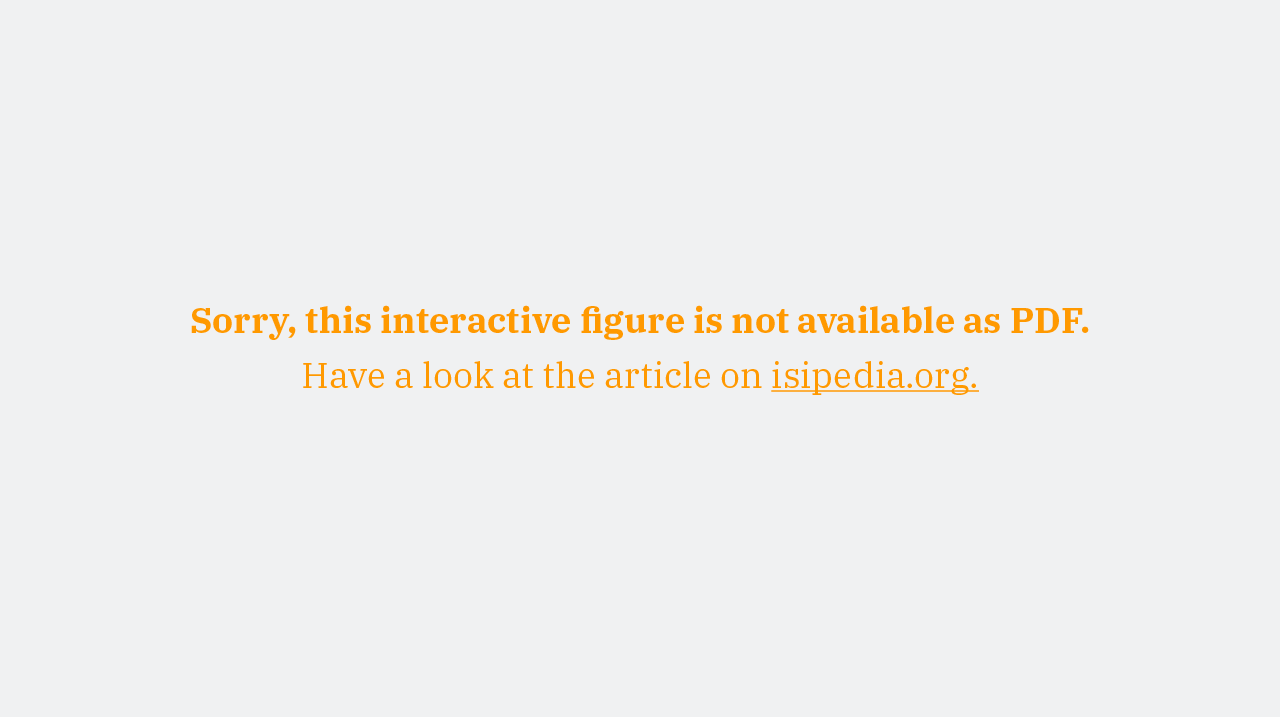Population growth and dietary changes are driving up food demand. To meet these demands, the agricultural sector needs to explore ways to increase global crop yield, for example by increasing irrigation and fertilizer use. However, the effect of these practices on variations in crop yield are not well investigated. This is an important factor, because farmers and the food system as a whole need to be prepared to deal with variations in crop yields, for example through early warning systems, food storage facilities and insurances.
And indeed we find that both increased irrigation and fertilizer use does not only affect yield, but also variations in inter-annual crop yield. However, they do so in opposite ways. Whereas, irrigation reduces interannual yield variability, adding more fertilizer increases variability. While this result is solely based on historical crop model simulations it addresses a topic that may become highly relevant in the future.
But let’s explore how we came to these conclusions.
Modelling intensification of agriculture
In our study, we investigate how crop yield varies under increased irrigation and increased fertilizer use for four major crops (i.e. maize, wheat, rice, and soybean) in the (1) current situation, in intensification scenarios with (2) non-limiting water, (3) non-limiting fertilizer, and (4) both non-limiting water and fertilizer using crop models.
Crop models simulate crop growth under a set of conditions to predict crop yield. To this extent, crop models use physical and statistical relations between ecological, environmental and climatological variables, such as plant type, temperature, water availability and nutrient availability. There are large differences between various crop models. For example in the way they simulate soil and plant processes. Therefore, we use an ensemble of 10 global crop models (i.e. pDSSAT, EPIC-Boku, EPIC-IIASA, GEPIC, pAPSIM, PEGASUS, CLM-Crop, EPIC-TAMU, ORCHIDEE-crop and PEPIC) in the GGCMI data archive, to assess the uncertainty in our results. The growing seasons and fertilizer application amounts are harmonized across the models.
Simulated yield at the global scale is then computed using a global crop area dataset around the year 2000 (i.e., MIRCA2000). The MIRCA2000 dataset also specifies which areas are irrigated under current conditions.
For each crop model, we determined for the four scenarios the yield variation in time by determining relative variation in yield with respect to the average simulated yield of the crop model. This means that an identical change in absolute yield means a higher yield variation in a crop with a low average yield in comparison to a crop with a high average yield.
So what did we find?
Figure 1 shows the yield variability for all investigated crops under various conditions, while Figure 2 below shows the change in yield variability with respect to current conditions. The actual scenario refers to the current conditions (i.e. the current mix of rainfed and irrigated areas and current fertilizer inputs), the rainfed scenario to conditions where all crops are rainfed. Non-limiting water and non-limiting nutrients refer to the scenarios where water and fertilizer respectively are non-limiting, while the potential scenario refers to the scenario where neither water or fertilizer are limited.
Yield variability for various crops and scenario conditions
The map shows land-use for .

FIG 1 / Adapted from Müller et al. (2018)
Almost all global crop models project that converting rainfed to irrigated land decreases yield variability while increasing mean yield, especially so in areas with high year-to-year variations in rainfall. In addition, irrigation can help to lower damages due to high temperatures. Unfortunately, water is also of limited availability in many regions around the world. Irrigation is a large driver of water scarcity globally which can drive unsustainable water use, hamper economic development, and harm ecosystems. There are, however, opportunities to increase effective irrigation without increasing actual water use by improving irrigation practices (e.g., drip irrigation) and rainwater management.
Change in yield variability when input limitations are changed
The map shows land-use for compared to actual land-use.

FIG 2 / Adapted from Müller et al. (2018)
Adding more fertilizer has two opposing effects on the yield variability. In regions where crop growth is not limited by other factors, such as water supply, the average yield is increased, which in turn decreases crop variability. By selecting the potential scenario in Figure 2 you can confirm this by yourself as the figure shows decreasing yield variability in almost all regions. In contrast, when a year is defined by limited rainfall (select rainfed in 2), crop yield reductions can occur leading to high inter-annual yield variability. Note that increasing fertilizer use also could entail adverse external effects. Most notably, when excess fertilizer is not absorbed by plants, it is washed away and could lead to pollution of soils and water courses.
Where can we improve our assessment
While the used crop models are validated and can be used to simulate crop yield under varying conditions, there are still several issues that could be addressed to improve our assessment. First of all, the global crop models are driven by homogenous management assumptions over large areas, simplifying choices made by individual farmers and external forces such as the limitation of farming equipment, labor force and economic viability.
In addition, in the irrigated scenarios, the models assume near-perfect irrigation on all irrigated land. However, we know that in large parts of the world fresh water availability severely hampers the ability to expand irrigation.
Acknowledgments
This article was written in collaboration with the Editorial team of ISIpedia project. The interactive maps were created by Mahé Perrette.
References
Cover image: Emilio Garcia
Affiliations
1 Potsdam Institute for Climate Impact Research, Potsdam, Germany